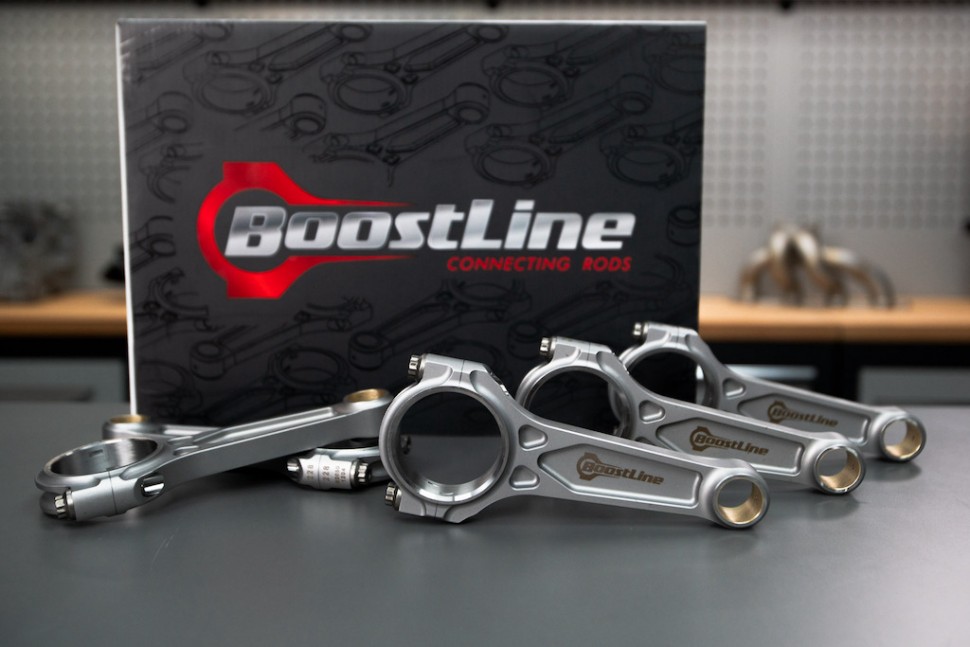Understanding AFR: How AFR Affects the Engine
How AFR Affects the Engine
01.50
| 00:00 | When we choose the air fuel ratio we want the engine to run at, what we are really doing is matching the fuel delivery to the amount of air entering the engine. |
| 00:09 | We don’t however want to aim for the same air fuel ratio throughout the engine’s operating envelope. |
| 00:16 | For example at idle and cruise we can run the engine at or very close to the stoichiometric AFR. |
| 00:24 | As we increase the throttle opening and hence the load on the engine, we want to increase the amount of fuel delivered to target a richer AFR. |
| 00:33 | There are two reasons for this. |
| 00:35 | Firstly we want to make sure we supply enough fuel to consume all of the available oxygen in the cylinder, and secondly we are using the extra fuel to help cool and control the combustion temperature. |
| 00:49 | The difficulty is that there is no perfect air fuel ratio that we must run an engine at in order for it to make good power and remain reliable. |
| 00:59 | While there are some good guidelines that I’m going to discuss a little later in the course, we can usually vary the AFR over a reasonably wide range at most points in the engines operating envelope without destroying either performance or the engine. |
| 01:15 | With this in mind, the aim of this course is to give you a thorough understanding of what effect AFR has on the engine’s performance so you can make your own decision on the specifics of the air fuel ratio you wish to run. |
| 01:30 | With a good understanding of the side effects for example of a leaner mixture, you can decide if the tradeoffs are worthwhile in your application. |
| 01:40 | This section of the course will deal with the fundamental effects of AFR on the engine operation. |





